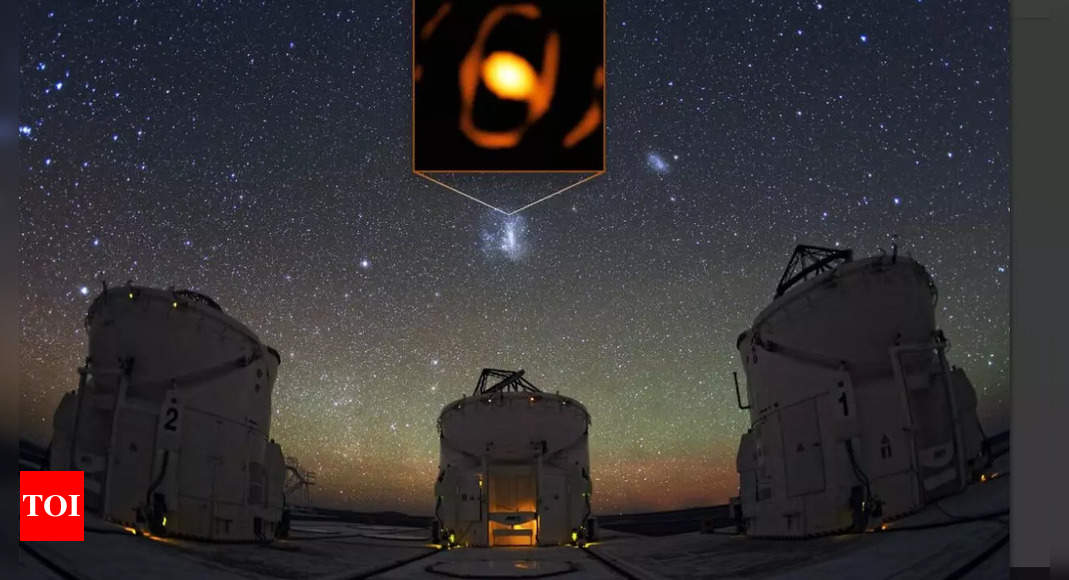
The event started with a full moonrise. The full ‘harvest moon‘ entered Earth’s shadow in space. This process gradually dimmed the moon over a span of 91 minutes.A portion of the moon then became dark due to Earth’s central shadow, known as the umbra.
For 62 minutes, the shadow grew until about 8% of the moon’s surface was in darkness. Following this, the shadow moved back, and the moon returned to its usual brightness.
This lunar eclipse connects to an annular solar eclipse set to occur on October 2. This solar eclipse will be visible from a narrow path through the Pacific Ocean to the Atlantic Ocean, including Easter Island, southern Chile, and southern Argentina. This will last up to seven minutes and 25 seconds.
Eclipses often come in pairs or threes. When a new moon passes through Earth’s shadow, it aligns to pass in front of the sun two weeks later. This is due to the moon intersecting the solar system’s plane, called the ecliptic.
October 2’s solar eclipse will be annular because the new moon will be farther from Earth than average. This is due to the moon’s slightly elliptical orbit around Earth. The previous full ‘Harvest Moon’ was a supermoon because it was closer to Earth.
The next major event will be a total lunar eclipse on March 14, 2025, also known as a “Blood Moon,” visible across the US. A partial solar eclipse will follow on March 29, 2025, seen at sunrise in northeastern US states.









